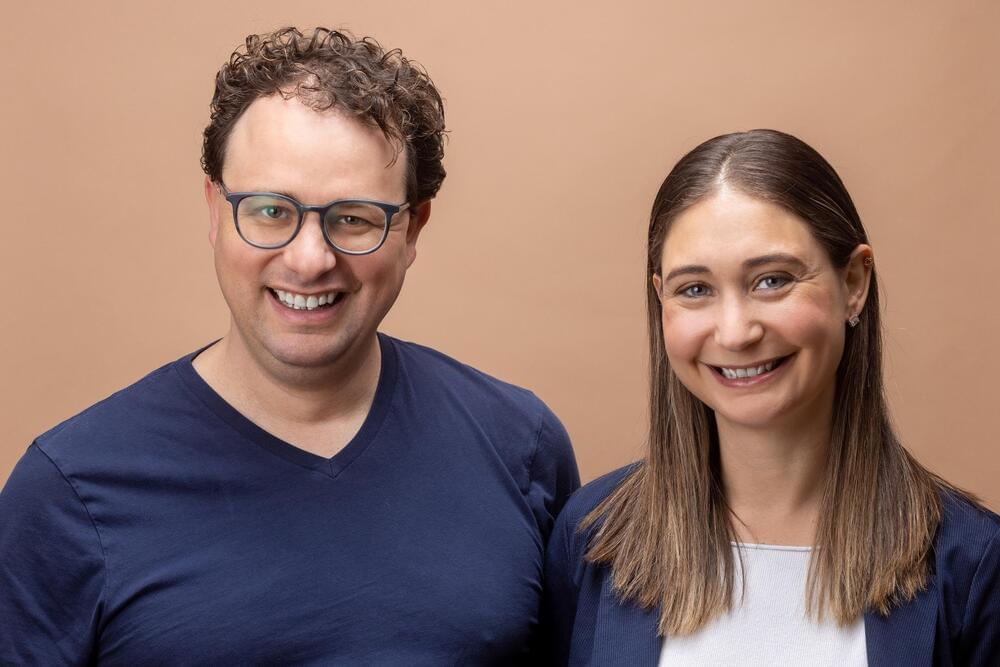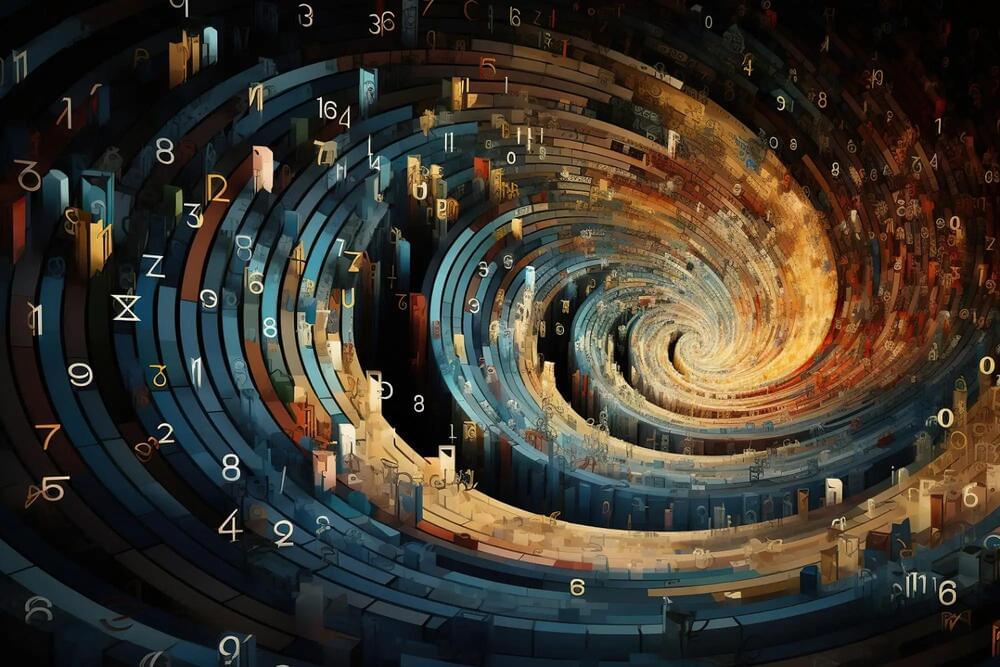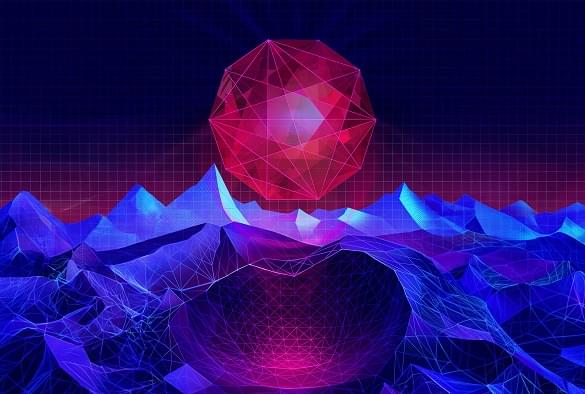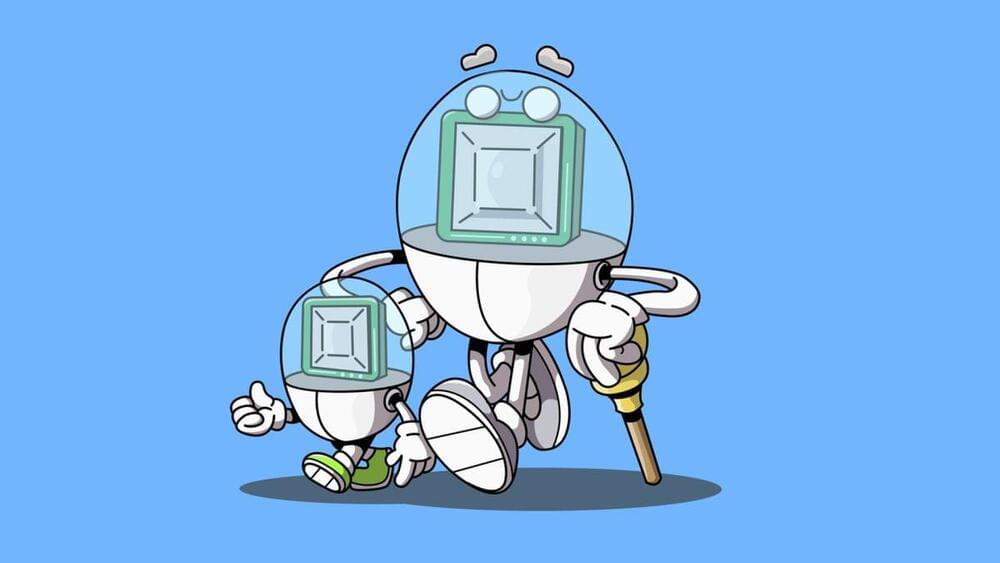“Some men just want to watch the world burn.” Zachary Kallenborn discusses acts of existential terrorism, such as the Tokyo subway sarin attack by Aum Shinrikyo in 1995, which killed or injured over 1,000 people.
Zachary kallenborn is a policy fellow in the center for security policy studies at george mason university, research affiliate in unconventional weapons and technology at START, and senior risk management consultant at the ABS group.
Zachary has an MA in Nonproliferation and Terrorism Studies from Middlebury Institute of International Studies, and a BS in Mathematics and International Relations from the University of Puget Sound.
His work has been featured in numerous international media outlets including the New York Times, Slate, NPR, Forbes, New Scientist, WIRED, Foreign Policy, the BBC, and many others.
Forbes: New Report Warns Terrorists Could Cause Human Extinction With ‘Spoiler Attacks’
https://www.forbes.com/sites/davidhambling/2023/06/23/new-re…r-attacks/
Schar School Scholar Warns of Existential Threats to Humanity by Terrorists.





